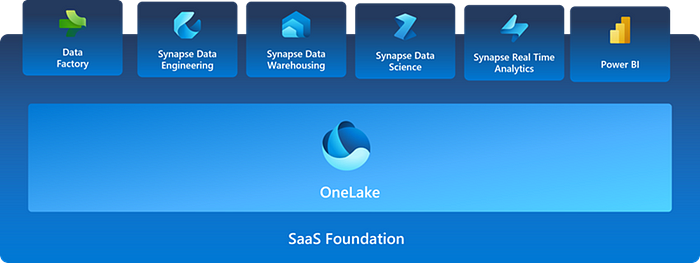Member-only story
Microsoft Fabric — a better understanding of the underlying architecture and concepts
Imagine soaring high above the city, the landscape stretching out below, each building, each road, each individual vehicle going about their day. That is the view from a helicopter — a perspective that allows you to see everything at once, yet with the ability to focus on specific details. This is an apt analogy for Microsoft Fabric, the all-encompassing analytics solution that offers a comprehensive view of your enterprise’s data landscape.
In this article we will discuss Microsoft Fabric, look at the main architectural concepts and discuss what concerns at every layer. Our goal by the conclusion of this article is to have provided answers to the common questions individuals have regarding the number of domains, workspaces, lakehouses, and how they all correspond with each other. In the article itself, we’ll use the analogy of a helicopter ride for discussing the different levels of abstraction. As we fly over Fabric and descend closer, we’ll highlight significant elements influencing its architecture, deployment patterns and design considerations, as well as other essential factors to consider.
Microsoft Fabric — an overview
Microsoft Fabric is an all-in-one analytics solution designed to meet the needs of enterprises. It covers everything from data movement to data science, real-time analytics, and business intelligence. Microsoft Fabric was introduced in preview in the spring of 2023 and was made generally available for purchase in November 2023.

Microsoft Fabric is a SaaS platform
As we take off, we get the broadest view of Microsoft Fabric. On this level, we see the foundation. The approach Microsoft has chosen is unique and significant. Microsoft Fabric is a Software-as-a-Service (SaaS) platform. This means Microsoft handles the integration and most of the infrastructure management and configuration for many different services. So, no more infrastructure deployments. No more writing infrastructure templates or considerations on the number of storage accounts. The shift to SaaS also eliminates the need for subscriptions.
Enabling Microsoft Fabric occurs at tenant-level. The Global Admin can activate…
